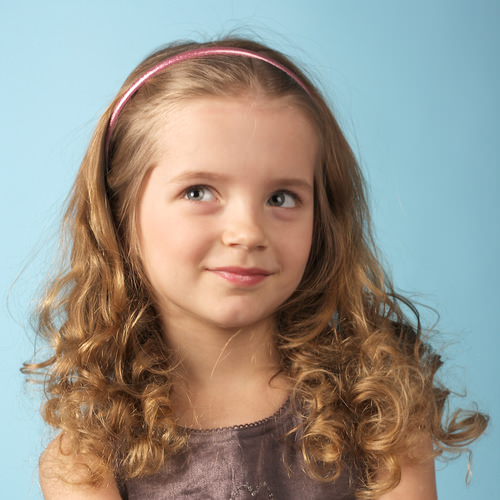One of the ways we introduce the main character, the girl, in our piece is through a close up tracking shot, that is shot at a high angle. I wanted to experiment with different ways that I could achieve this, as I know that I wont be able to shoot directly over the actress, as it will create a shadow, and I would have to walk with a camera, which would create a shaky shot.
I tried 3 different ways in achieving this shot:
Using the heightening lever on my tripod
For this I shot about a metre away from the doll and used the level to increase the height of the shot's angle, which created the effect of tracking shot tracking up the body.
Good points:
- It's an easy shot to create, and as the camera doesn't travel directly over the object there is no shadow.
Bad points:
- The use of the lever makes the camera shake, creating an unprofessional shot.
- It's very hard to get a clean, controlled shot.
Moving the camera away from my body
For this shot I zoomed into the Barbie Doll so the shot was at close up range and then slowly extended my arms, whilst directing the shot downwards, to create a gradual tracking shot.
Good points:
- Easy to create and does not create a shadowed shot.
- Easy to control pace of the track.
Bad points:
- Being a handheld shot, its almost impossible to not have a shaky shot.
- The further the camera is extended away from you, the less you can see of the shot in the viewer, meaning its hard to see if the shot is composed well.
Using a dolly
For this shot I attached my camera to my tripod and then attached that to a computer chair and gradually wheeled it towards the doll.
Good points:
- Easy to create a controlled, clean shot.
- Minimal shaking, so a tight, professional shot can be made.
Bad Points:
- A dolly can be hard to push on some surfaces.
Conclusion
For the tracking shots I will use a dolly, as this is the surest way to create a tight shot.








